How Social and Cultural Factors Shape Tetanus Prevention and Treatment
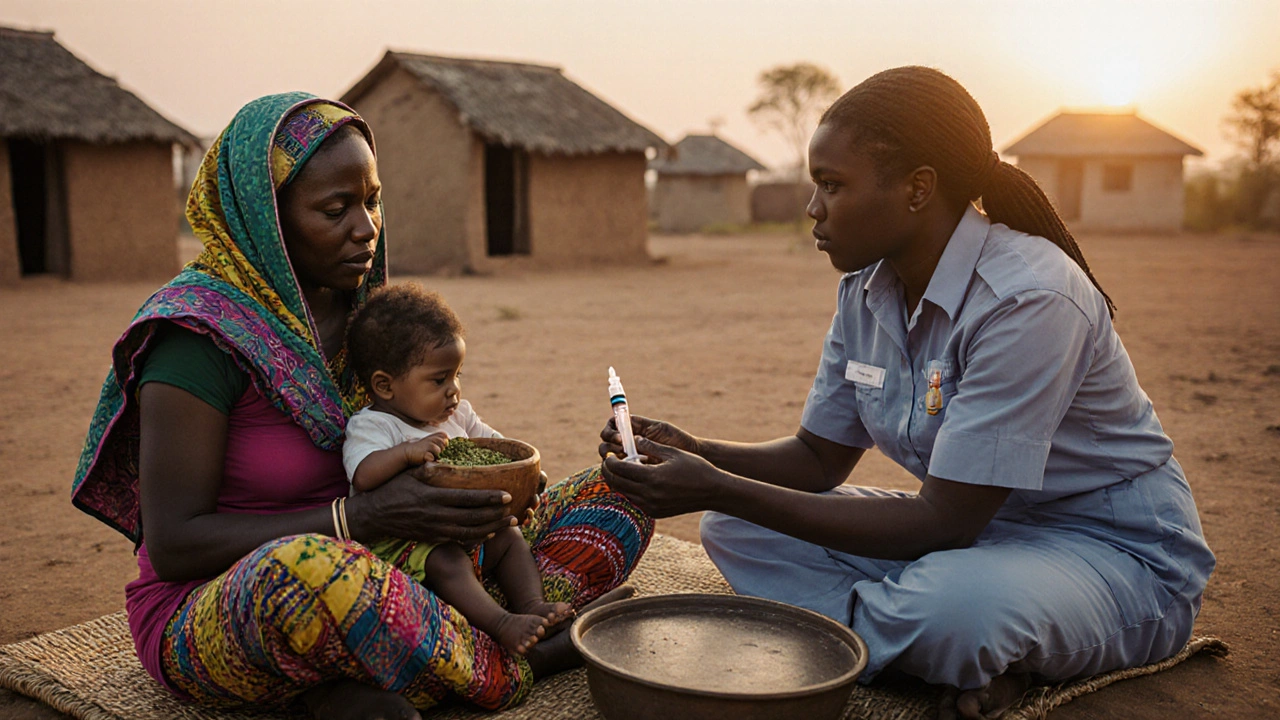
Cultural Context Assessment Tool for Tetanus Prevention and Treatment
Assess Community Cultural Context
Enter community characteristics to receive tailored recommendations for tetanus prevention and treatment.
Ever wondered why some regions boast near‑zero tetanus cases while others still struggle with outbreaks? The answer isn’t just about vaccines; it’s a web of social habits, cultural norms, and economic realities that dictate how people protect themselves and how health systems respond.
Key Takeaways
- Socio‑economic status, education, and gender roles heavily influence both vaccination rates and treatment‑seeking behavior.
- Traditional beliefs can either complement or clash with modern medical advice, affecting how quickly wounds are cleaned and antitoxin administered.
- Effective tetanus prevention hinges on integrating community‑led education with reliable vaccine supply chains.
- Early wound care, timely antitoxin therapy, and appropriate antibiotics remain the backbone of successful treatment.
- Public‑health programs that respect local customs while delivering clear, evidence‑based messages achieve the highest uptake.
Understanding Tetanus
Tetanus is a potentially fatal bacterial infection that causes painful muscle spasms, usually after a deep puncture wound becomes contaminated with spores. The culprits are Clostridium tetani, an anaerobic, spore‑forming bacterium found in soil, animal feces, and even dust. When these spores enter a wound, they release a toxin that travels via the bloodstream to the nervous system, leading to the classic “lock‑jaw” symptom.
Global estimates from the World Health Organization (WHO) show roughly 30,000 tetanus‑related deaths each year, most of them in low‑resource settings where vaccination coverage is low and access to clean wound care is limited.
Social Determinants Shaping Vaccine Uptake
Socio‑economic status (SES) is a powerful predictor of whether a child receives the “Tdap” vaccine on schedule. Households in the lowest income quintile are often unable to afford transport to health clinics, and they may lack health insurance that covers immunizations.
Education, especially of mothers, correlates directly with vaccination compliance. A 2023 study in rural Bangladesh found that mothers with at least primary education were 2.5 times more likely to have fully vaccinated children compared with those without formal schooling.
Socioeconomic status is the combined economic and social position of an individual or group, often measured by income, education, and occupation. When SES is low, families prioritize immediate survival needs-food, shelter-over preventive health measures like vaccination.
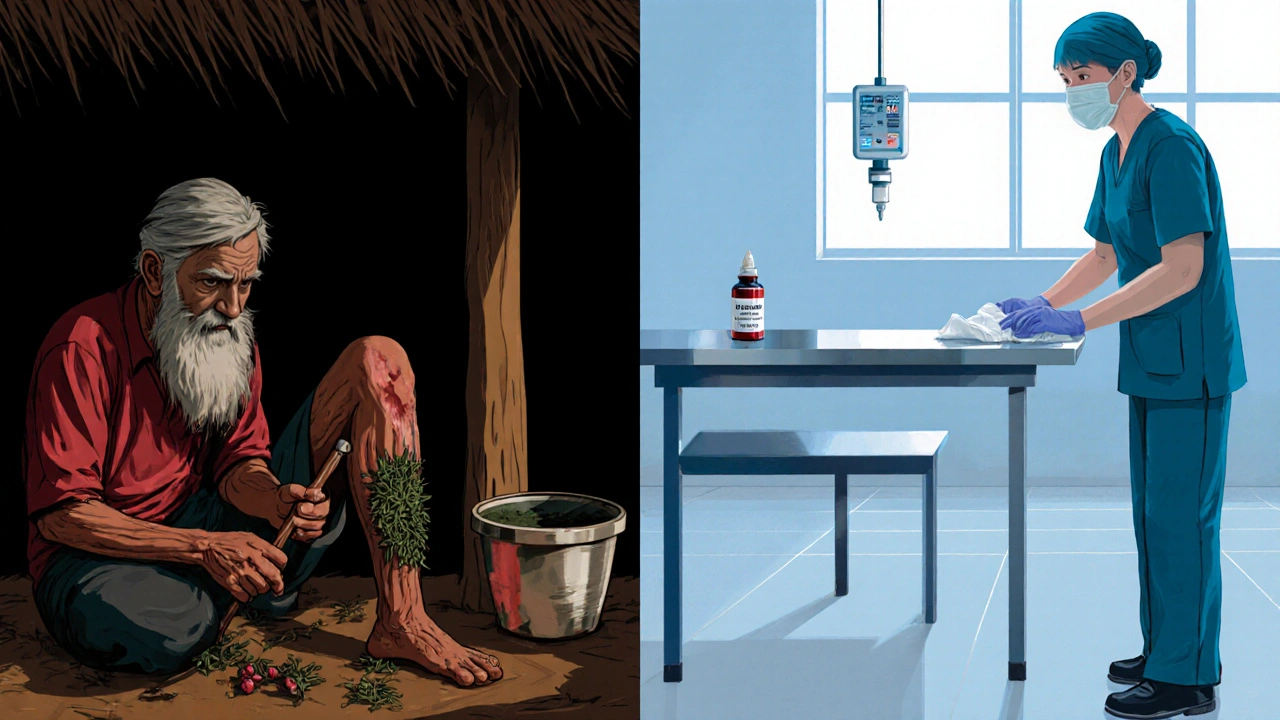
Cultural Beliefs and Traditional Healing Practices
In many parts of Sub‑Saharan Africa and South‑East Asia, Traditional healers are community‑recognized practitioners who use herbal remedies, spiritual rituals, and manual techniques to treat illnesses. Their influence can be a double‑edged sword. When healers endorse modern vaccines, community uptake spikes. Conversely, if they view tetanus as a curse or “spiritual affliction,” families may delay hospital care, preferring prayer or herbal poultices.
A 2022 field survey in northern Ghana revealed that 68% of respondents first consulted a traditional healer after a wound, and only 22% went straight to a clinic for tetanus immunization.
Gender norms also matter. In patriarchal societies, men often make health‑related decisions, and if they underestimate tetanus risk, women and children miss out on timely shots.
Public‑Health Infrastructure and Policy
National immunization programs, when well‑funded, can overcome many of the barriers above. Immunization programs are government or NGO‑run initiatives that deliver vaccines to target populations through scheduled campaigns, health‑center visits, or outreach teams. Success depends on cold‑chain reliability, trained staff, and community‑level awareness.
The WHO guidelines are evidence‑based recommendations issued by the World Health Organization to standardize disease prevention, monitoring, and treatment worldwide. They advise a three‑dose primary series of tetanus‑containing vaccine (Tdap or DTaP) for infants, followed by booster doses every ten years for adults.
Countries that have integrated tetanus vaccination into antenatal care (ANC) see dramatic drops in neonatal tetanus. For instance, Mexico’s 2018 “Zero Neonatal Tetanus” campaign reduced infant deaths from 8 per 1,000 live births in 2000 to less than 0.1 per 1,000 by 2022.
Vaccine Acceptance: The Role of Trust and Communication
Even when vaccines are free, mistrust can stall uptake. Rumors-such as vaccines causing infertility-spread quickly via social media, especially in regions with low digital literacy.
Community‑led dialogue panels that include religious leaders, teachers, and local health workers have proven effective. A pilot in Nepal used storytelling workshops, resulting in a 15% increase in tetanus‑vaccinated children within six months.
The modern tetanus vaccine, commonly formulated as Tetanus vaccine is an inactivated toxoid that stimulates protective antibodies without causing disease., is safe across age groups and has a favorable side‑effect profile-mostly mild soreness at the injection site.
Treatment Practices: From Antitoxin to Antibiotics
When tetanus does occur, rapid intervention is critical. The gold standard involves three steps: thorough wound debridement, administration of antitoxin, and a course of antibiotics to eliminate the bacteria.
Antitoxin therapy is the injection of human or equine-derived tetanus immune globulin that neutralizes circulating toxin. WHO recommends a single dose of 3000 IU for adults, administered intramuscularly as soon as possible.
Penicillin or metronidazole are the preferred antibiotics because they achieve high concentrations in tissue and have proven efficacy against C. tetani. Supportive care-such as sedation, muscle relaxants, and ventilatory support-may be needed for severe cases.

Traditional vs. Modern Treatment Approaches
| Aspect | Traditional Approach | Modern Medical Approach |
|---|---|---|
| Wound Care | Herbal poultices, scarification | Immediate cleaning, debridement, sterile dressings |
| Neutralising Agent | Spiritual rituals, animal‑based remedies | Human tetanus immune globulin (antitoxin) |
| Antibiotics | None or herbal antimicrobials | Penicillin or metronidazole |
| Outcome Monitoring | Subjective symptom reporting | Clinical scoring (e.g., Ablett score), lab tests |
| Community Acceptance | High if aligned with cultural beliefs | Varies; improves with community engagement |
Practical Checklist for Health Workers
- Verify tetanus vaccination status of every patient entering a wound‑care facility.
- If unknown or incomplete, administer a Td booster on-site and schedule follow‑up.
- Perform sterile debridement within the first hour of presentation.
- Give 3000IU tetanus antitoxin IM for all deep or contaminated wounds.
- Start oral metronidazole 500mgq8h for 10days (or penicillin G 2MIV q6h).
- Document pain scores and spasm frequency daily; escalate to ICU if airway compromise appears.
- Engage local leaders to explain each step, addressing myths about antitoxin and vaccines.
- Provide discharge counseling on wound hygiene and booster schedule.
Case Snapshots Illustrating Social Impact
Case 1 - Rural India (2021): A 28‑year‑old farmer sustained a thorn injury while harvesting. He first visited a village healer who applied a herbal paste. After three days, severe neck rigidity developed. At the district hospital, clinicians administered antitoxin and antibiotics, saving his life. Post‑discharge, the health team collaborated with the healer, who then began referring wound cases directly to the clinic.
Case 2 - Urban Brazil (2023): In a low‑income favela, a teenage girl received a tetanus booster after a motorcycle accident because her school’s health program offered free immunizations. The rapid vaccination prevented any need for antitoxin-a clear win for school‑based outreach.
Frequently Asked Questions
Why does tetanus still cause deaths in high‑income countries?
Even in wealthy nations, occasional cases arise from missed boosters, especially among older adults or migrants who haven’t completed the primary series. Prompt wound care and a single booster dose usually prevent severe disease.
Can the tetanus vaccine be given during pregnancy?
Yes. The Tdap vaccine is routinely recommended in the third trimester to protect both mother and newborn from neonatal tetanus, a leading cause of infant mortality in low‑resource settings.
What are the main side effects of tetanus antitoxin?
Most recipients experience mild pain at the injection site. Rarely, allergic reactions can occur, especially with equine‑derived products. Monitoring for anaphylaxis for at least 30 minutes after injection is standard practice.
How can communities address cultural resistance to vaccines?
Engage trusted local figures-religious leaders, teachers, and traditional healers-in co‑creating messages. Use relatable stories, address myths directly, and provide clear information about benefits and safety.
Is tetanus still a concern for travelers?
Absolutely. Travelers to regions with lower immunization coverage should verify their tetanus booster status and receive a dose if more than ten years have passed since the last shot.
By weaving cultural insight into medical strategy-whether it’s leveraging a village elder’s influence or setting up mobile vaccine vans-communities can dramatically improve both prevention and treatment outcomes for tetanus.
6 Comments
Lief Larson
Tetanus outreach needs local voices to cut through the noise.
Julia Grace
Wow the blend of culture and science in this post is really eye‑opening. I love how it shows that vaccines aren't just shots but a bridge between tradition and modern health. The examples from Ghana and Brazil are brightly painted in my mind. Lets keep spreading this kind of hopeful story even if we make a typo or two like definately or seperately.
Sadie Bell
Reading this makes me want to rally my friends to join a local health workshop. It feels good to see the emphasis on gentle motivation rather than pressure. Communities thrive when they feel heard and respected.
Noah Bentley
Oh great another long-winded article about culture and vaccines, just what we needed after the cat videos. I guess if you love tables and bullet points you’ll have a blast. Meanwhile, the real world still needs quick fixes, not endless prose.
Kathryn Jabek
The intricate interplay of sociocultural determinants and tetanus prophylaxis warrants rigorous scholarly attention. Firstly, socioeconomic status emerges as a pivotal predictor of immunisation adherence, a fact corroborated by multiple longitudinal cohorts. Secondly, gender dynamics within patriarchal settings often dictate health‑seeking behaviour, thereby influencing vaccine uptake among women and children. Thirdly, the reverence accorded to traditional healers can be harnessed as a conduit for public‑health messaging, provided their endorsement aligns with biomedical standards. Fourthly, trust in the medical establishment, when fortified through transparent communication, mitigates misinformation and fosters community resilience. Fifth, the role of educational attainment, particularly maternal literacy, cannot be overstated; it correlates positively with timely booster administration. Sixth, logistical considerations such as cold‑chain reliability remain indispensable for sustaining vaccine potency in remote locales. Seventh, integration of tetanus vaccination into antenatal care programmes demonstrably reduces neonatal mortality rates. Eighth, mobile health units serve as vital bridges in regions where fixed facilities are scarce or inaccessible. Ninth, policy frameworks that subsidise vaccine costs alleviate financial barriers for low‑income households. Tenth, culturally tailored educational materials, employing local dialects and symbolism, enhance comprehension and acceptance. Eleventh, systematic surveillance of tetanus incidence facilitates rapid response to emergent outbreaks. Twelfth, collaboration with community leaders, including religious figures, amplifies the credibility of health interventions. Thirteenth, continuous professional development for healthcare workers ensures adherence to evolving WHO guidelines. Fourteenth, post‑vaccination follow‑up mechanisms, such as reminder SMS, improve booster compliance. Finally, an interdisciplinary approach that synergises anthropology, epidemiology, and health economics offers the most robust pathway to eradicate tetanus worldwide.
Kelvin Murigi
I concur with the comprehensive analysis presented above and would add that empathetic counseling at the point of care can bridge the gap between knowledge and action. When health workers acknowledge patients' cultural concerns and provide clear, jargon‑free explanations, vaccine hesitancy often diminishes. Moreover, establishing a feedback loop where community members can voice their experiences promotes trust and iterative improvement of programs.
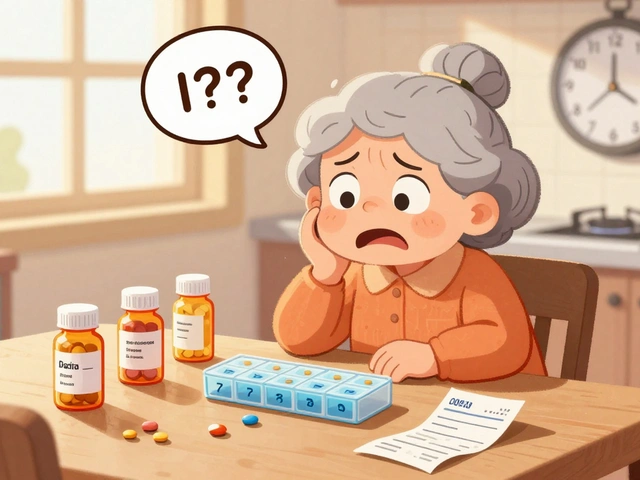
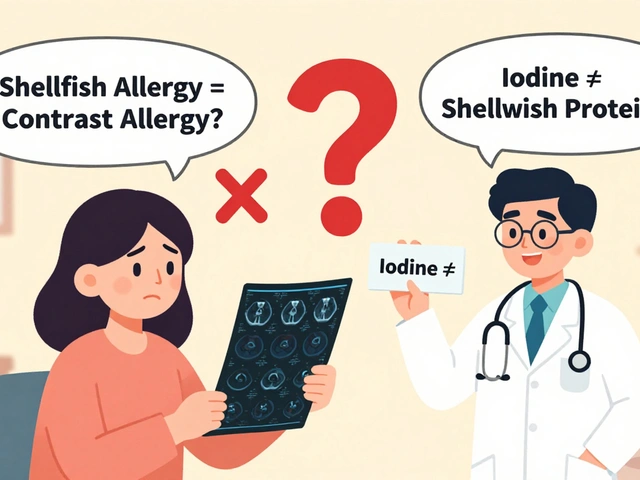
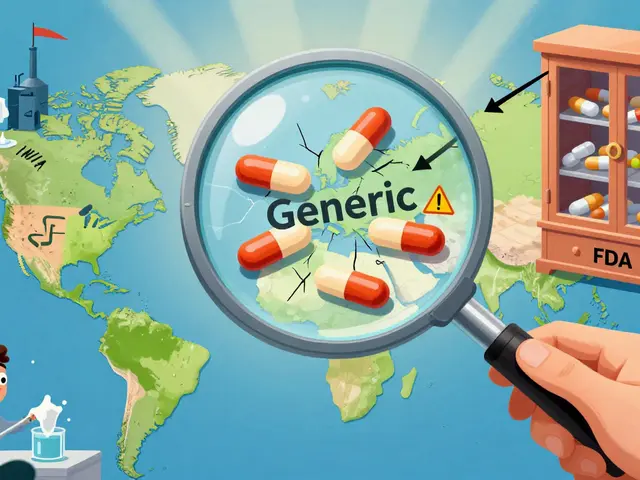
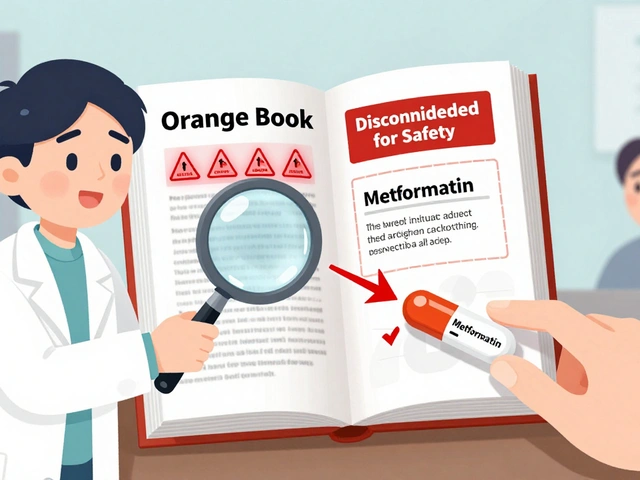


Write a comment